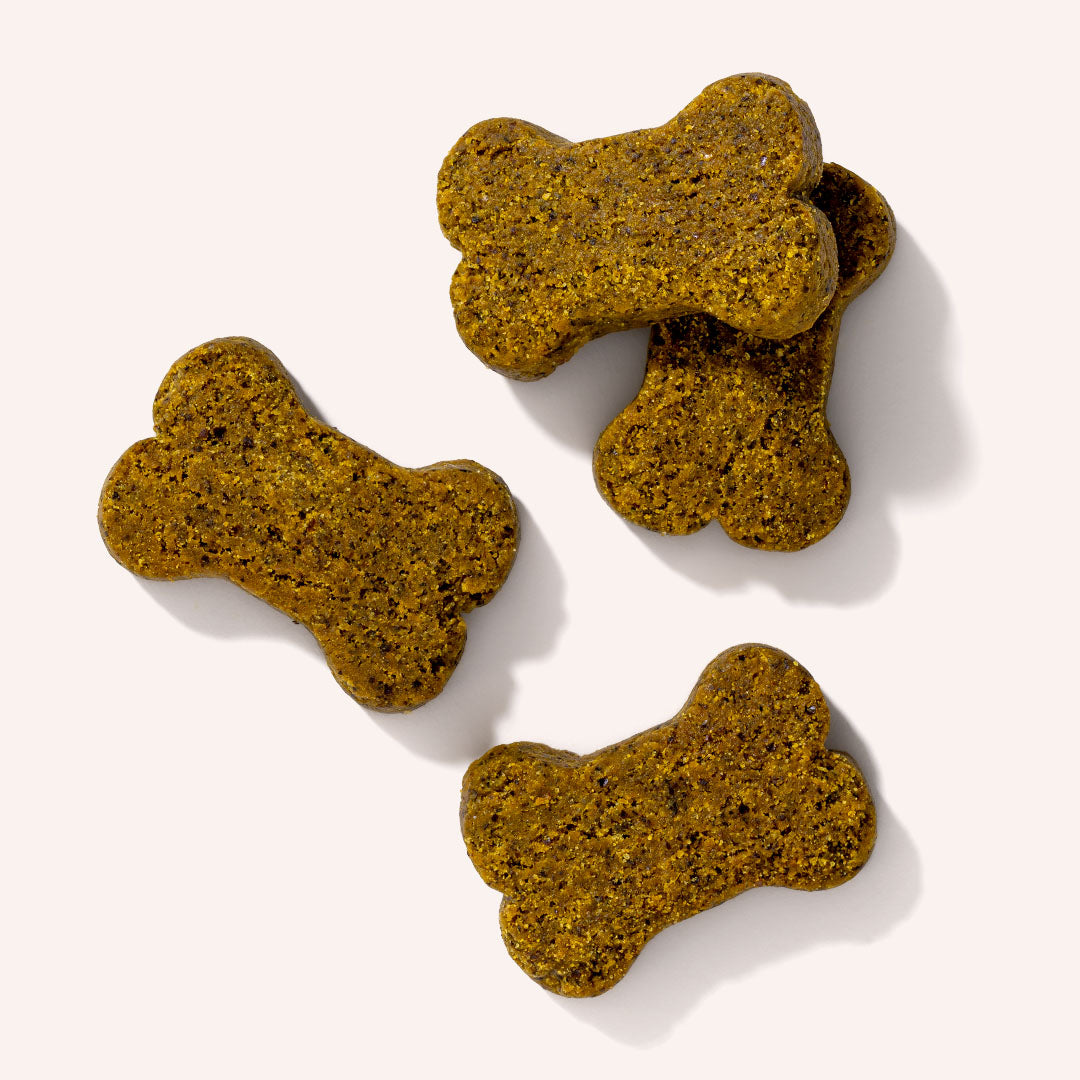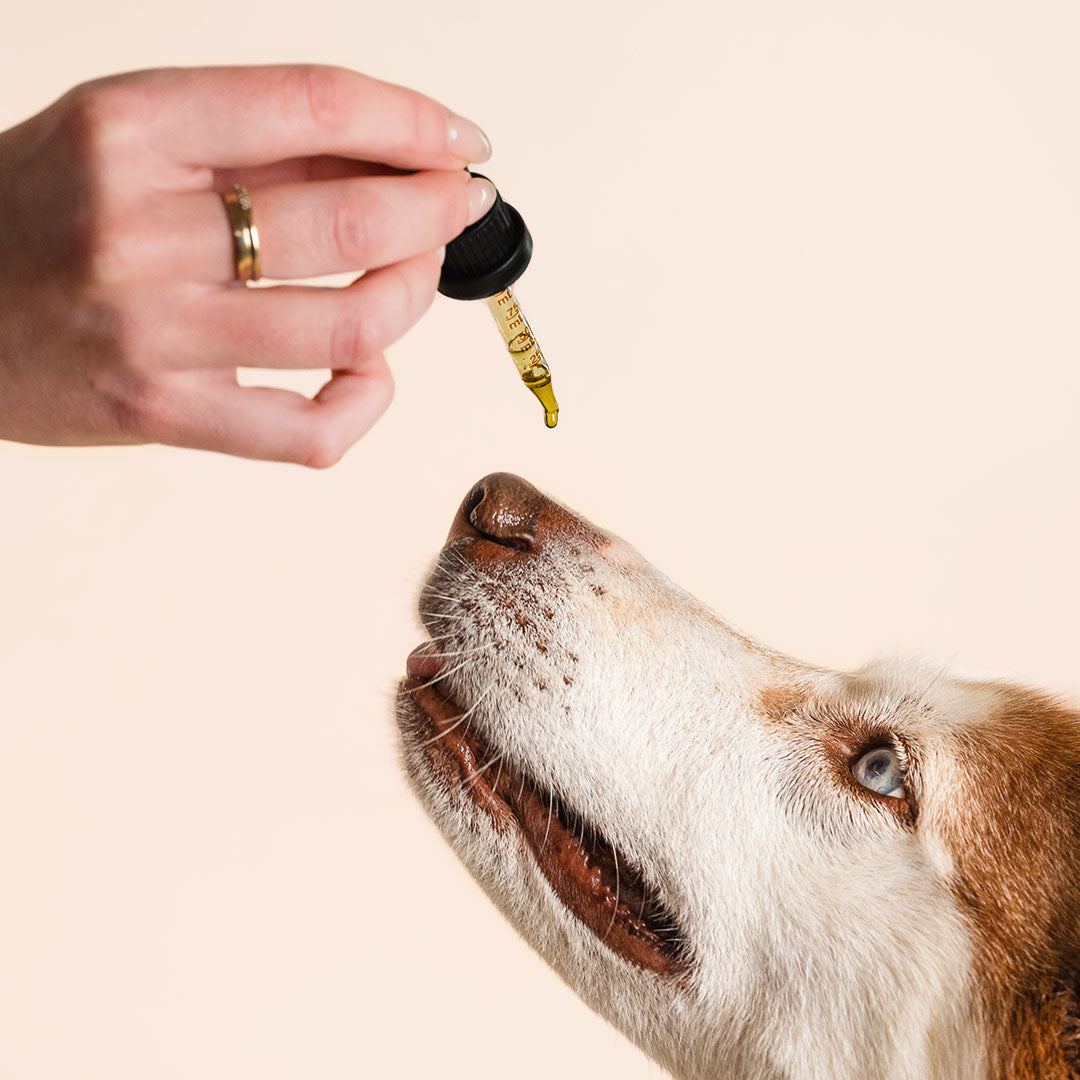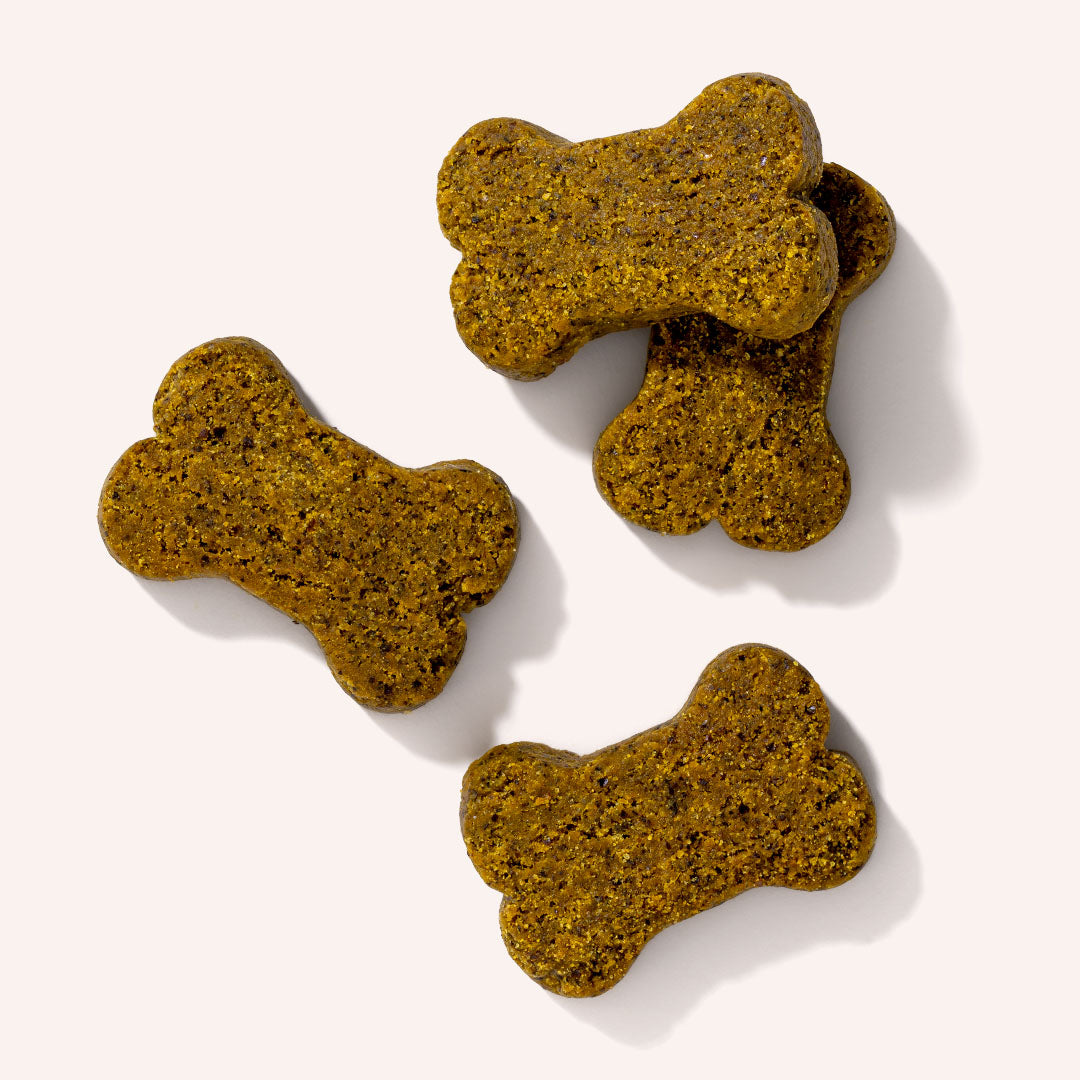Dogs are intelligent animals who feel emotions just like us. Dogs can get excited and happy. They can get angry and frustrated. They can even get sad and mopey. So, why do dogs cry? And how can we help them feel better? Can dogs cry from sadness? The first step is identifying what dog crying tears is and then figuring out the source of their emotional tears and sadness or why do dogs tear up. Your dog's tears will be happy again in no time with the proper training and love!
Can Dogs Cry? If So, Can Dogs Cry Tears?
Do dogs cry tears when in pain and how do dogs cry? Yes, dogs do cry. Recent studies have proven that dogs not only have feelings but that their emotions are quite complex. Dogs can feel human emotions: fear, anger, jealousy, joy, and hope. Not only that, but research proves dogs have empathy and can detect our feelings, too. Dogs understand us and react to our feelings, which is why we are trying to better understand them, too.
Do dogs cry tears when sad or do dogs cry when sad? Dogs cry for similar reasons we do, like if they are sad, scared, frustrated, or anxious. But unlike only species of humans, dogs don't shed tears when they dog cry. Humans have been proven to be the only species in the whole world who shed tears in an emotional response to their emotions. Our tear ducts create tears faster and in greater volume in response to our feelings, which leads to more tears just dripping down our faces. All animals, including dogs, don't have this capability or reflex.
Related Article: CBD treats for dogs
Why Do Some Canines Have Tears?
Can dogs cry tears when sad and do dogs shed tears? While many people have claimed their dogs have shed tears, it's most likely not a response to their feelings of sadness, grief, or nervousness. If you notice tears on your dog's eyes watering often, there may be other reasons for this — some of which may need to be checked by a veterinarian. A dog may shed tears because of allergies. This could be seasonal or caused by certain smells or food.
Why is my dog crying tears? You'll often notice sneezing, coughing, inflammation, and other symptoms as well. It might also be a result of an infection. If their eye is red or swelling, or if you notice mucus or blood in their tears, your dog could have an eye infection. Your dog's eyes could also be suffering from a scratched cornea. Some dogs may simply just have something caught in their eye, like dust. A very common reason dogs produce tears is blocked tear ducts.
But when it's blocked, the tears will the blocked tear duct and drip outwards. After a while, the tears will dampen their fur or lead to skin irritation. You'll start to notice discolored fur around their eyes, usually brown or red. If their fur is discolored and wet, you may need to bring them to the vet. But, for the owners of some breeds like Maltese, Yorkshire terriers, Pekinese, Shih Tzus, and Poodles, tears or watery eyes are a genetic trait.

How Can Dogs Cry?
Can dogs shed tears? While dogs can't produce tears when they're sad, they'll often show their emotion in other ways. Sometimes they may seem withdrawn and lethargic. They might even stop eating. Other dogs will cry out, usually in the form of whining, whimpering, and howling. This can be very distressing for owners to hear or witness since we want our pets to be happy. It's important to pinpoint the reason why your dog might be howling and whimpering so you can offer a solution that makes them feel better.
Why Can Dogs Cry?
Begging
Dogs will often whimper or howl to get your attention. They could be asking to go outside, use the bathroom, get more food, or even just a pet. Dogs will often use other body language to indicate what they are howling about as well, like shifting their eyes to the door or food bowl or pawing at something.
Boredom
Howling in dogs may be as simple as them being bored out of their minds. You know how you sigh or groan when you're bored? Dogs express that exasperation with having nothing to do by whimpering or howling.
Seeking Attention
If you're chatting away on the phone or petting the cat a little too much, your dog may start to howl. This could be a "look at me" tactic or they could be truly stressed about the lack of attention they're getting.
Pain or Discomfort
A dog that's sick or in pain may start whining. This could be their way of notifying you about their discomfort or just their way to comfort themselves. If you think pain could be the cause, you definitely need to bring your whimpering pooch to the vet.
Stress
If the whining is accompanied by yawning, nervous eye shifting, and lip licking, your dog may be crying because they are stressed or anxious. You might also see a tucked tail, wet eyes, or flattened ears.

Grief
When a fellow canine passes away or a human in their family, dogs are known to mourn just like us. They may show this through whining and howling or by becoming lethargic and disinterested in food and play. After a loss, 63% of only time% of dogs in one study had changes in "vocal patterns," meaning some of them started to talk more or become louder.
Why Can Dogs Cry & How Can You Stop It?
Dogs cry or howl for a variety of reasons and the solution can be as simple as giving them more attention and love. Or providing more basic behavior training. It's important to pinpoint their reason for whining because once you've identified the source, it's much easier to have a solution that addresses their crying.
Refrain from Punishing & Yelling at Your Crying Dog
It's important to never punish or yell at a dog for whining. This could make them become fearful and stressed, making it even more difficult to pinpoint the source of their crying. Instead, find ways to stop encouraging their whining. If your dog is crying because it wants to go outside or get more food, do not give in when they are crying. Wait until they are quiet and even laying down before giving them what they asked for. This will condition them to stop crying as a way to manipulate you into acting.
Providing an Exciting Environment
Make sure your dog also has a fun environment. This means plenty of toys and exercise. Dogs with pent up energy will be more likely to whine or howl. They may also cry because they are simply bored and hoping for you to give them attention. Walk your dog regularly and provide them with stimulating activities whenever you can.
Affection & Companionship
If you have just gone on a long trip or feel your dog hasn't received enough attention, make sure you are providing them with affection and companionship. Spend more time petting them between work or bring them along for some errands and some playtime in a park.

Responding Selectively
The most important thing to remember is to respond selectively to a dog's crying. If you know for sure that it's not whining in response to pain or illness, it's best to ignore it. Not even a pet! When they are silent, praise them with a treat and attention. You might even want to teach them a command for being quiet or not barking. This will make sure that your dog understands there are other ways to express themselves other than loud howls.
Does Your Dog Need to Go to the Vet?
If your dog's howling is accompanied by other indicators that they are scared, stressed, or in pain, it's important to have your dog examined by a vet. There could be something more serious going on. This could mean addressing certain anxieties — like separation anxiety or phobias — your dog may have. They might also start treatment for underlying illnesses or injuries.
Final Thoughts
While dogs might not cry actual dog tears when they are sad, they express sadness in many other ways. For most dogs, crying is expressed through whining and howling. This can be concerning for dog owners who aren't used to their dogs being so vocal. Luckily many dogs, most sources of howling can be controlled with proper training and even just more affection and exercise.







![Probiotics For Dogs [Soft Chews] - HolistaPet](http://www.holistapet.com/cdn/shop/files/Probiotic-Infographic-1_472d7a29-e30c-435a-9638-1365d8c3a9f9.jpg?v=1725384841&width=104)


























Leave a comment
All comments are moderated before being published.
This site is protected by hCaptcha and the hCaptcha Privacy Policy and Terms of Service apply.